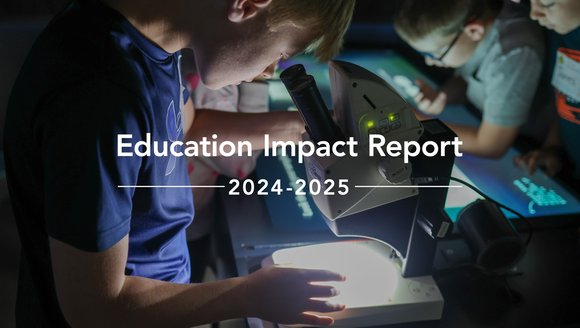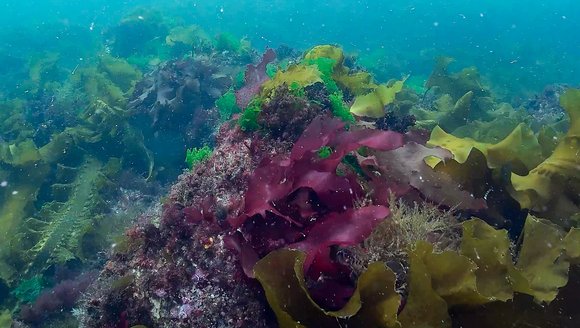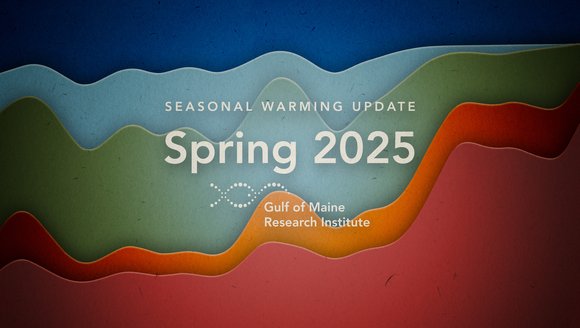Electronic Monitoring Shows Promise
None | Dec 31, 2017
It’s easy to imagine fishing as a Wild West landscape, with fishermen heading out to sea, catching as many fish as they can, and selling them all back at the dock in a straightforward process.

In reality, fishing in the Gulf of Maine is a complex, heavily-regulated industry. Federal fisheries managers set strict limits for how much fish can be harvested in a given year. Fishermen in New England are then required to report their catch data to ensure they don’t exceed these limits. The catch is also monitored by human observers — people who ride along with the fishermen to verify their catch data.
Monitoring is important, but human observers can cause headaches for fishermen. First, it’s expensive. While the federal government used to pay for monitoring, fishermen will soon be responsible for the cost of mandatory oversight. There are also safety concerns with human monitors. Many captains are uncomfortable with the often young-and-inexperienced strangers on their boats.
In the video above, Technical Programs Manager Mark Hager introduces and explains electronic monitoring — a system of cameras and computers mounted onboard fishing vessels. This suite of technology could replace the majority of human observers, who currently monitor catch data.
Electronic monitoring improves this process the same way electronic tolls have improved highway traffic. The technology provides an accurate alternative to human observers that is safer and more cost-effective.
Perhaps the most exciting aspect of electronic monitoring is the ability to collect more data. While human monitors are only deployed on a portion of fishing trips, the cameras used for electronic monitoring can run nonstop. This produces more data to improve fisheries management. It also builds trust in the management process, because fishermen can feel more confident about the data knowing that it comes directly from their boats.
Mark’s work on electronic monitoring is a great example of a win-win outcome for both fishermen and fisheries managers. While questions still remain about electronic monitoring, early returns indicate that this could be a viable long-term solution to support economic and ecologic sustainability in the Gulf of Maine.
Thanks to our many partners on this project, including The Nature Conservancy, Ecotrust Canada, Cape Cod Commercial Fishermen's Alliance, and Maine Coast Fishermen’s Association.



